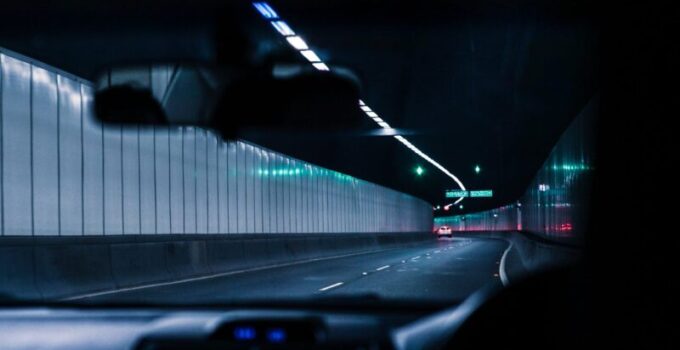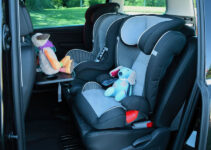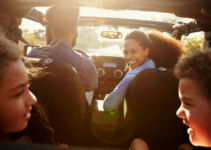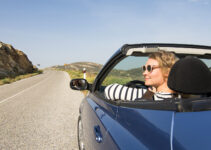Driving at night is different from driving in the daylight. It is challenging for most of the drivers or it can be more dangerous. Accidents are likely to happen three times more at night as compared to daytime. It is dark everywhere and you can’t see things.
You may face hazards but you can avoid those risks by following tips at gisuser.com. And there are plenty of other things you should keep in mind when driving at night.
Page Contents
1. Take The Safe Route
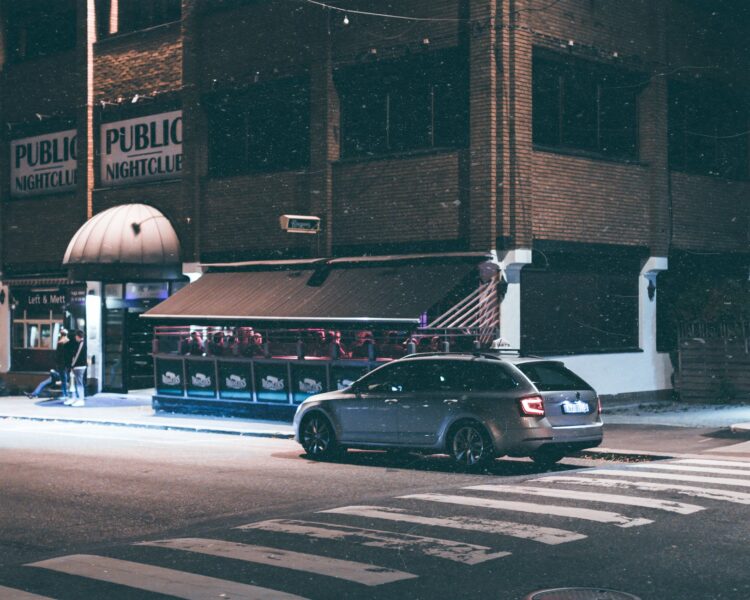
Source: pexels.com
Whether you are driving in the daytime or at night, it is always recommended to take the safest route. As the risks of danger are high at night, the best way to avoid these risks is to direct your vehicle on a road that is well lit.
Do not drive through the roads which are known for theft cases. Make sure you don’t choose the road with low light levels and sharp turns.
2. Keep Your Lights Turned On

Source: pexels.com
Although you don’t use the lights in the daytime, it is compulsory to keep the lights on at night even if the road you are driving on is fully lit. you should turn on the lights before sunset time.
3. Avoid Distractions
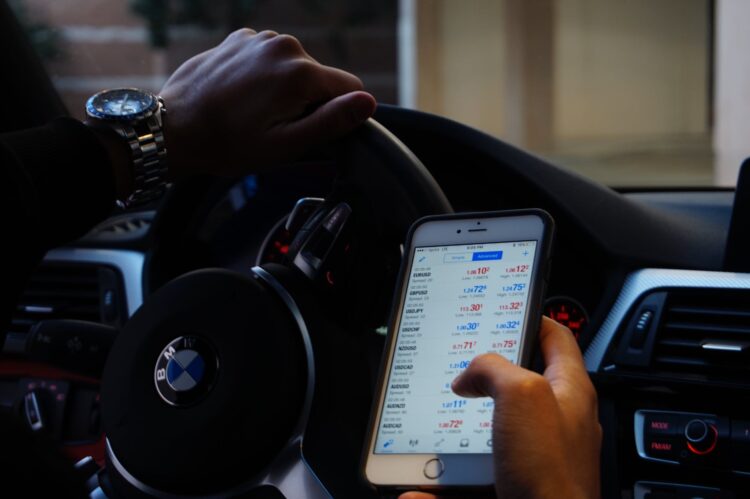
Source: pexels.com
Using mobile phones while driving is considered illegal in most countries because these gadgets reduce the driver’s attention on the road. Put down your mobile phone and stay attentive. Apart from mobile phone distractions, avoid other things that distract you such as eating, applying makeup, getting involved in serious conversations, etc.
4. Keep The View Clean
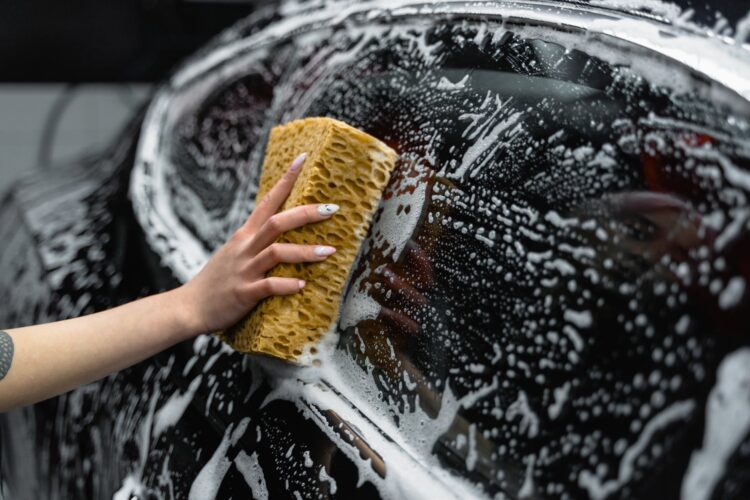
Source: pexels.com
Before driving your car, make sure that the windows, side mirrors, and front glass are clear from dust and grease. Sometimes you get scratches on the front glass which blurs the view and you cant see what’s going on ahead of you.
5. Keep Emergency Kit With You
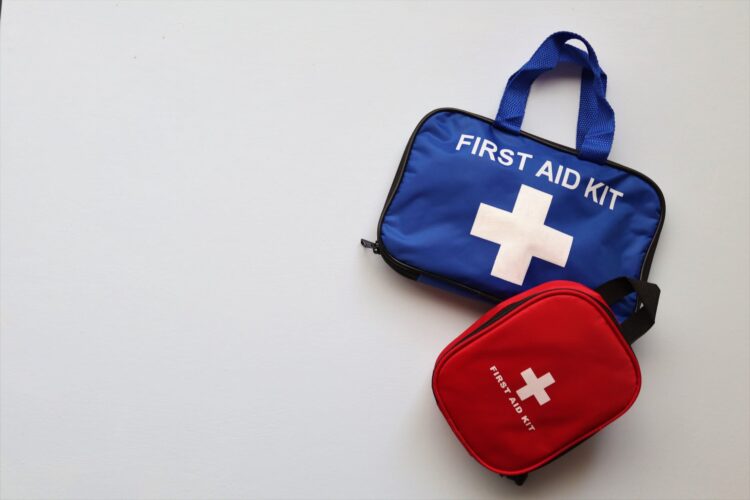
Source: pexels.com
Even if you are following the safety tips when driving on the road, You still can never predict when you might face an accident. Always make sure you have a plan to deal with these situations.
Keeping an emergency roadside trip gives you peace of mind and prevents you from the severity of injuries. Things you must include in those kits are:
• Flashlights with batteries
• Jumper cables
• Paper towel and moistened wipes
• First aid kit
• Whistl
• A roadmap
6. Keep Your Car In A Straight Direction
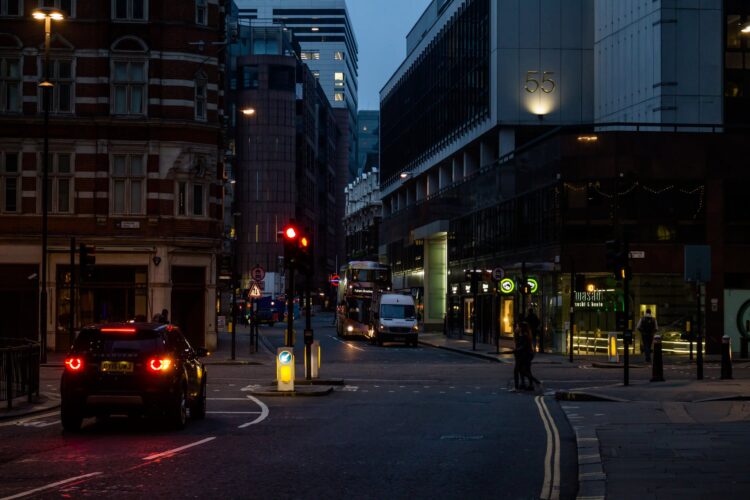
Source: pexels.com
You must keep your vehicle in the center lane or drive straight unless you have to take a turn. It may not only harm you but also other pedestrians and car drivers on the road. That’s why this is the first lesson you are taught as a new student.
7. Be A Defensive Driver
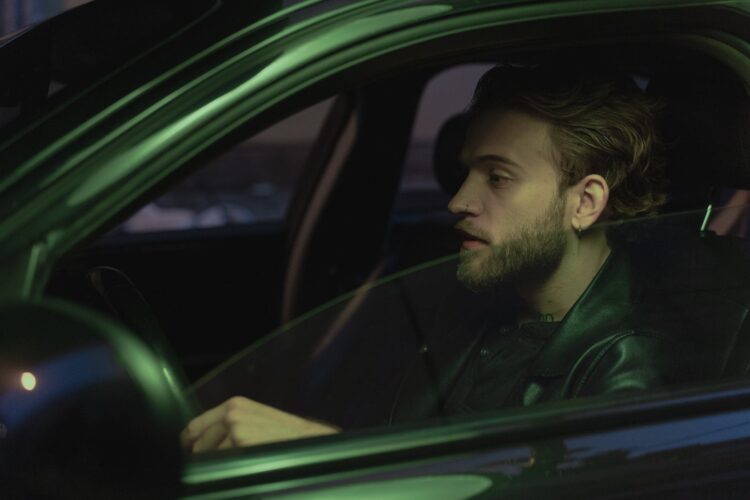
Source: pexels.com
When you first started to learn how to drive, you may have heard this term various times “Be Defensive”. When you are driving at night, it is always recommended that you should be a defensive driver and use your defensive skills to protect yourself against hitting and collisions caused by other people’s bad driving. Being a defensive driver, you can avoid risks such as crashes, loss of control, etc.
8. Check The Weather Forecast
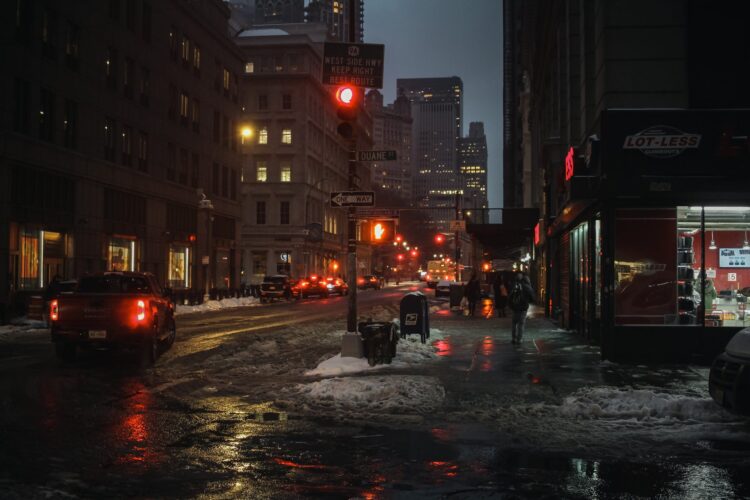
Source: pexels.com
Heavy rainfalls, snowstorms, and heavy fogs are the factors that can lead to serious or even fatal accidents. It is always important that you check the weather forecast before you are planning a trip at night. And even if you know the weather conditions but you still have to drive at night due to major reasons, follow these tips to drive in bad weather:
• Drive slowly
• Leave space in front of you
• Use low beams in foggy conditions
• Stay alert for changes
• Turn on windshield wipers in heavy rainfalls
9. Maintain Distance From Another Vehicle
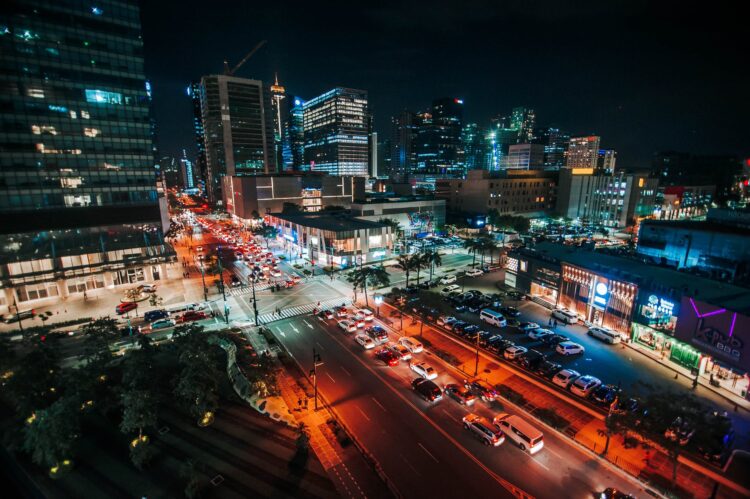
Source: pexels.com
Maintaining a distance from other cars is not necessary during bad weather conditions but also every time you are driving on the road, especially at night. You should maintain at least 2 feet distance from other vehicles in front of you to avoid sudden jolts because you never know the intentions of the driver in front of you and when he is about to make a sudden turn or stop. And this distance should be extended to 3 feet when you are driving at night.
10. Wear Seatbelt
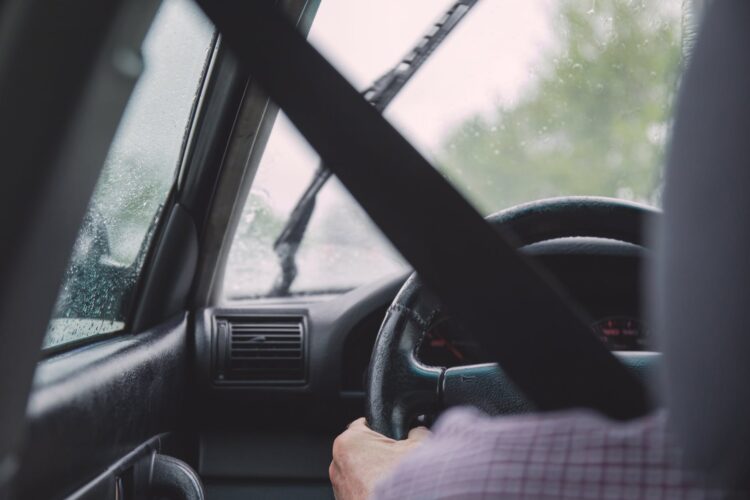
Source: pexels.com
Buckling up is one of the best choices drivers should make to keep themselves protected from the risk of injury. A seatbelt saves lives and keeps you in place during a sudden jolt or a crash.
Especially at night time when it gets difficult for you to watch ahead clearly and you have to make an aggressive stop if some steep path or breaker comes in the way.
11. Do Not Speed Up
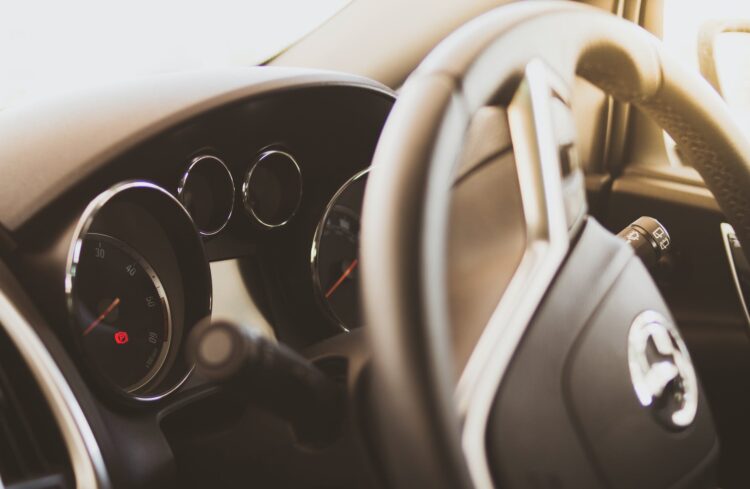
Source: pexels.com
It is always advised to keep your car at a slow speed especially at night because driving at a slow speed means slower reaction times for hazards. When you are driving slowly, you have time to plan appropriate action against any risk. Fast driving does not allow you to see danger in time and keep you and your car safe.
12. Correctly Aim Your Headlights
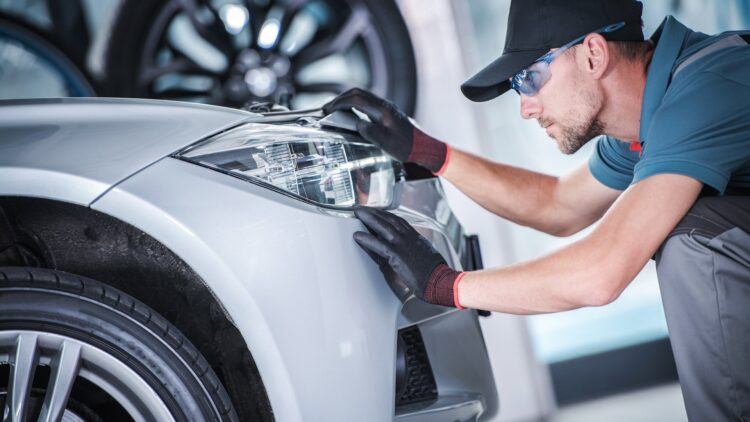
Source: pinterest.com
Always check the headlight’s angle and make sure that they are pointed correctly. Because if the lights are tilted down, you may lose the front view and if they are pointed too high, you cannot see the other drivers in front of you.
13. Learn Basic Car Repair Tips
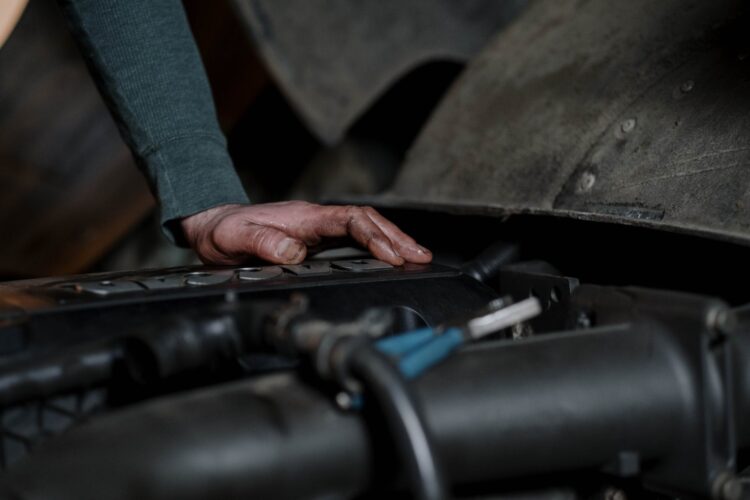
Source: pexels.com
You can never afford the breakdown of a car in the middle of the way when driving at night. To avoid that frustration, always make sure that your car is properly maintained but in case you face a breakdown you should know the basic mechanic skills to repair your car.
Because you may not find the mechanic late at night to repair your car for you. Basic fixes such as changing oil, changing the flat tire, jump-starting the car, etc would be of great help when you are stuck on the road.
14. Obey The Signs

Source: pexels.com
Road signs provide information and guidance to the drivers. It is always important to obey those road signs to stay safe from the risk of going in the wrong direction or choosing the wrong path that out you in trouble ahead of you.

